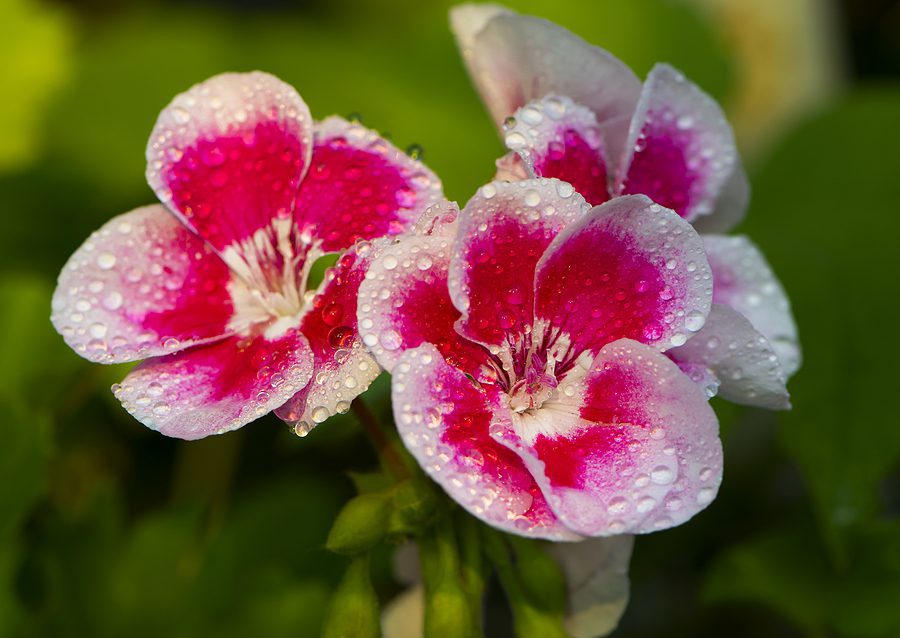Three Easy Steps to Jump Start a Flower Garden

It’s time to fulfill your goal of owning a beautiful flower garden if you’ve always wanted one. The idea of getting a flower garden is enjoyable and satisfying. If you adhere to these beginner’s tips, you’ll get off to a terrific start.
Step 1 – Get to Know About your Garden
Understand your site: Getting to know the space you want to plant in is the first step in designing the ideal flower garden. really understand your website Take advice from Mother Nature on the characteristics of your land. Be truthful when it comes to topography, light, and moisture levels.
Understand your soil: Doing a soil test is a crucial step towards guaranteeing the success of your flower garden. Dig a hole one foot deep, collect a couple tablespoons of dirt, and continue the process across your garden until a quart-sized jar is filled. You can send a lab for testing your soil.
Understand your flowers: Find out which plants thrive in your soil. You can then decide what to do in terms of design. To find the flowers you prefer, visit nearby natural places that replicate the circumstances you can encounter in the wild.
Understand your frost cycle: You need to know the typical last and first frost dates in your region to ensure that your recently planted garden will withstand the changing of the seasons. Take note that this will influence when you sow seeds and enable you to choose kinds that will continue to flourish well into fall. Plants can be accelerated by starting their seeds 4–6 weeks ahead of the typical last frost date. Weeds will be reduced, and plant growth will accelerate. If you don’t have access to a greenhouse, you can start your seeds inside using a covered seed tray and growth lights.
Step 2 – Define a Color Palette
Bring people together: Bornstein advises selecting a color palette that will “help unify the landscape.” Making an impression without taking over can be achieved by using variations and various tones of the same hue.
provide excitement: While adhering to a few similar hues can provide a sense of harmony, complementing colors.
Establish calm spaces. Wiley continues, “Too much variation can feel exhausting, so it’s wise to practice restraint.” Everything in the garden cannot be shouting at you at once. As stated by Chanticleer’s Bill Thomas, “separate areas with high drama with neutrals, or intense color.” Above all, Jan Johnsen, author of Heaven is a Garden and landscape designer, suggests using colors in your garden that you personally find pleasing.
Step 3 – Create Like an Expert
Create using form: Shape is said to be an excellent place to start when creating a flower garden. Spires, plumes, daisies, buttons, globes, umbels, and screens are some of the fundamental forms seen in perennials. See whether assembling various shapes together causes them to spark off one another. While some pairings will work well together, some cannot. A concept can be reinforced by grouping several flowers with similar forms.
Design using repetition: A feeling of peace and visual coherence is created by repeating important forms or colors. Repeated plants should ideally have a lengthy season, not appear messy after blooming, and thrive in the circumstances of the garden, suggests Wiley. When navigating from one section of the garden to another, the thoughtful repetition of flowers provides coherence.
Layered design: Instead of just arranging the layers like a staircase, while planting, attempt to gently draw one layer into another and vice versa to produce a more organic effect.
Think about plant combinations while designing, as opposed to single species: The garden is kept interesting throughout the year by varying the plant heights, sizes, colors, textures, and scale. Carefully chosen plants will provide color, movement, and a sense of being in a meadow.
Design that moves and smells good: The smell and movement of a garden are two of its most delightful features. Rarely are these garden components used into the design. Utilize the patterns of natural breezes to your advantage and let the aromas of flowers drift into your house or outside spaces.
Extra Advice for Flower Gardens
Longer stems (better for cut flowers and floral design) and a more fruitful flower garden You’ll grow more flowers and less weeds because of this.
Remember to cultivate filler and foliage plants for your bouquets.
Install squares of flagstone around the beds if you want your flowers to spill over naturally but not so close to the mower’s blades. To prevent flowers from being trampled underfoot while strolling around the garden, maintain broad passageways between flower beds.
Selecting compact varieties to minimize trimming efforts and positioning shrubs at the heart of your flower beds to provide continuous height and structure throughout the year
With what seems like an infinite number of design alternatives, these guidelines can help you choose wisely when beginning a flower garden so you can relax on a lovely day and enjoy the fruits—or blossoms—of your effort.
